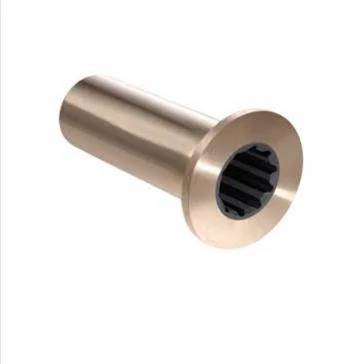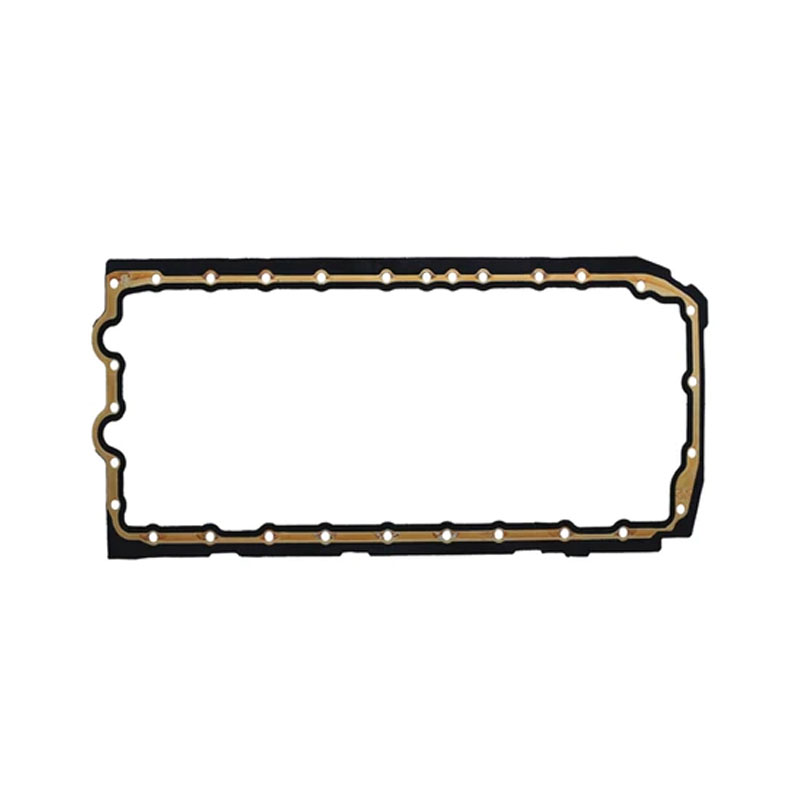Seal oil filter housing Engine Side BMW Petrol 11427537293


4. Removing the Old Gasket – Carefully peel off the old gasket residue. – Clean the gasket surface using a gasket scraper for perfect sealing with the new gasket. 5. Installing the New Gasket – Place the new gasket evenly on the transmission pan. – Align it correctly without stretching or bending to avoid future leaks. 6. Reinstalling the Transmission Pan – Position the transmission pan back under the vehicle. – Secure it with bolts using appropriate torque settings (refer to vehicle’s manual for precise torque specifications). – Ensure no overtightening as it may damage the gasket. 7. Refilling Transmission Fluid – Open the hood and locate the transmission fluid fill port. – Gradually pour transmission fluid using a funnel. – Continuously check the fluid level using the dipstick to avoid overfilling. Significance of Authentic Transmission Products Using authentic products is critical for the success of such replacements. Genuine gaskets are made to fit perfectly and adhere to rigorous quality standards, ensuring effective sealing and durability. Substandard products may compromise your vehicle’s performance, leading to recurring issues and added expenses. Conclusion Trust in Expertise While replacing the transmission pan gasket might seem straightforward, precision and understanding of the task are imperative. Engaging with authentic products and adhering strictly to procedural correctness underscore not just a successful gasket replacement but also assure the robust operation of your vehicle. Always prioritize safety and consult professional assistance if unsure at any stage of the process. This proactive approach promises not only an impeccably functioning transmission system but also peace of mind, fostering trust and authority in vehicular maintenance endeavors.
-
The Ultimate Guide to Car Repair Kits: Tools and Essentials Every Driver Should Own
News Aug.01,2025
-
The Complete Guide to Oil Pan Gaskets: Sealing Engine Leaks the Right Way
News Aug.01,2025
-
Preventing Oil Leaks: A Complete Guide to Oil Pan Gaskets and Drain Seals
News Aug.01,2025
-
Everything You Need to Know About Oil Pan Gaskets and Drain Plug Seals
News Aug.01,2025
-
Essential for Car Owners: How to Use a Car Repair Kit to Deal with Minor Breakdown
News Aug.01,2025
-
Comprehensive Guide to Engine Oil Sump Gaskets and Related Seals
News Aug.01,2025
-
The Ultimate Guide to Boat Propeller Bearings and Trailer Wheel Bearings
News Jul.31,2025
Products categories















